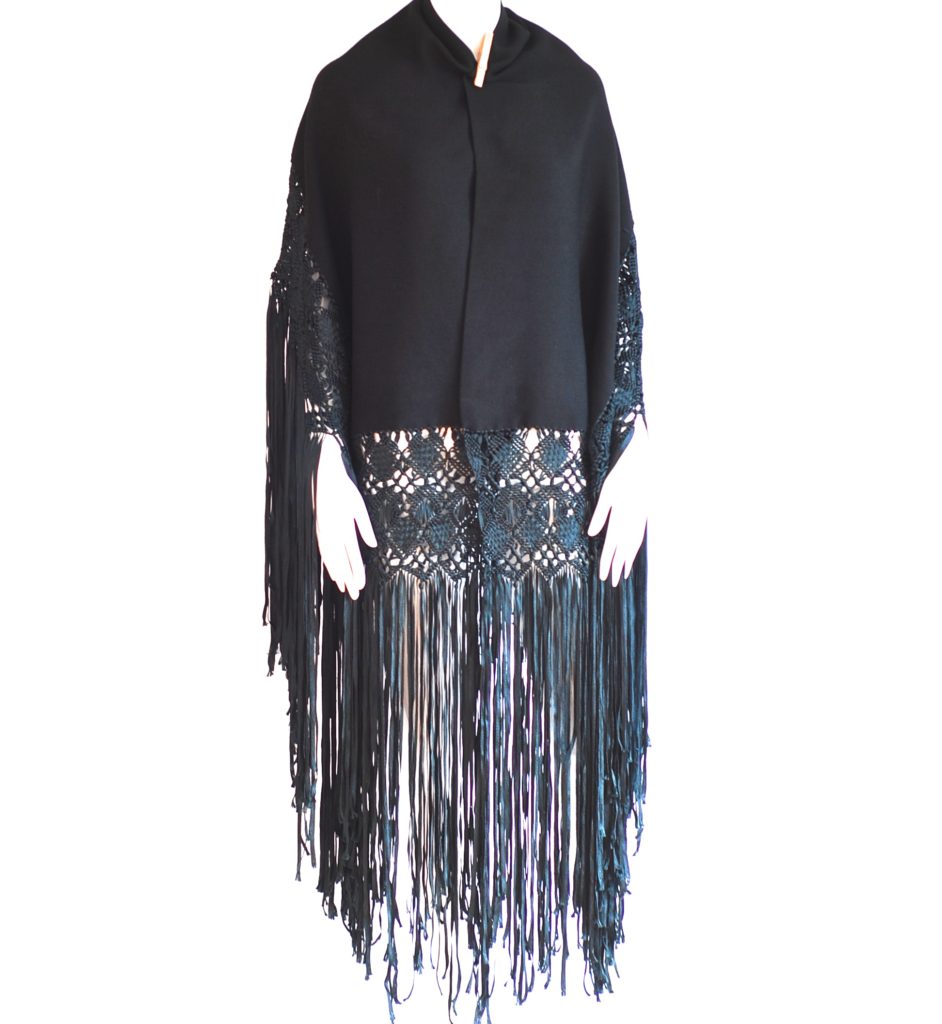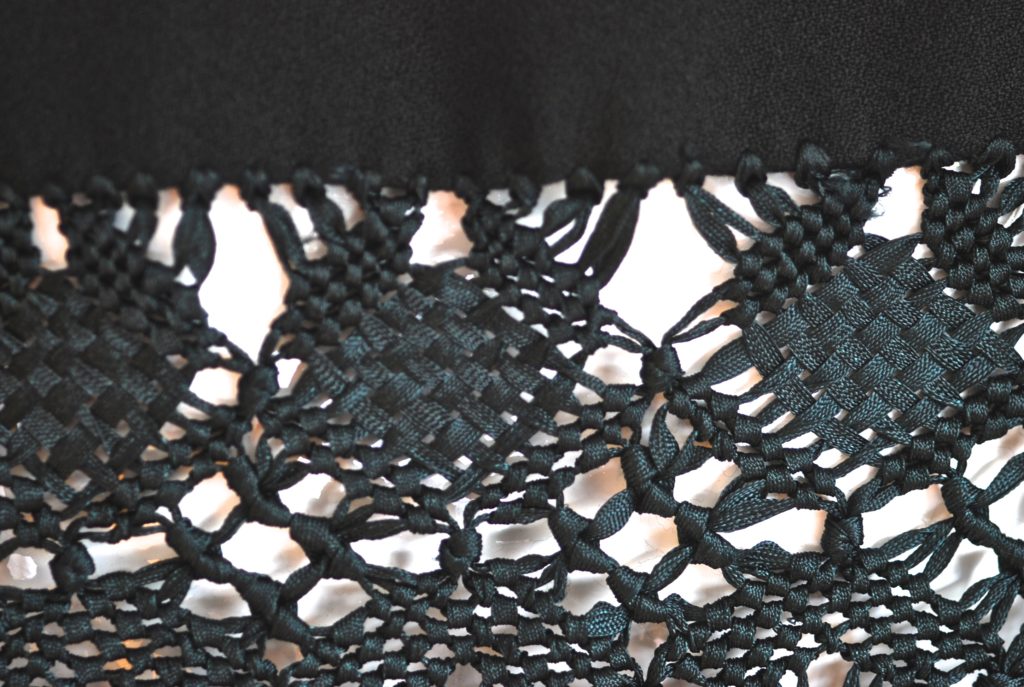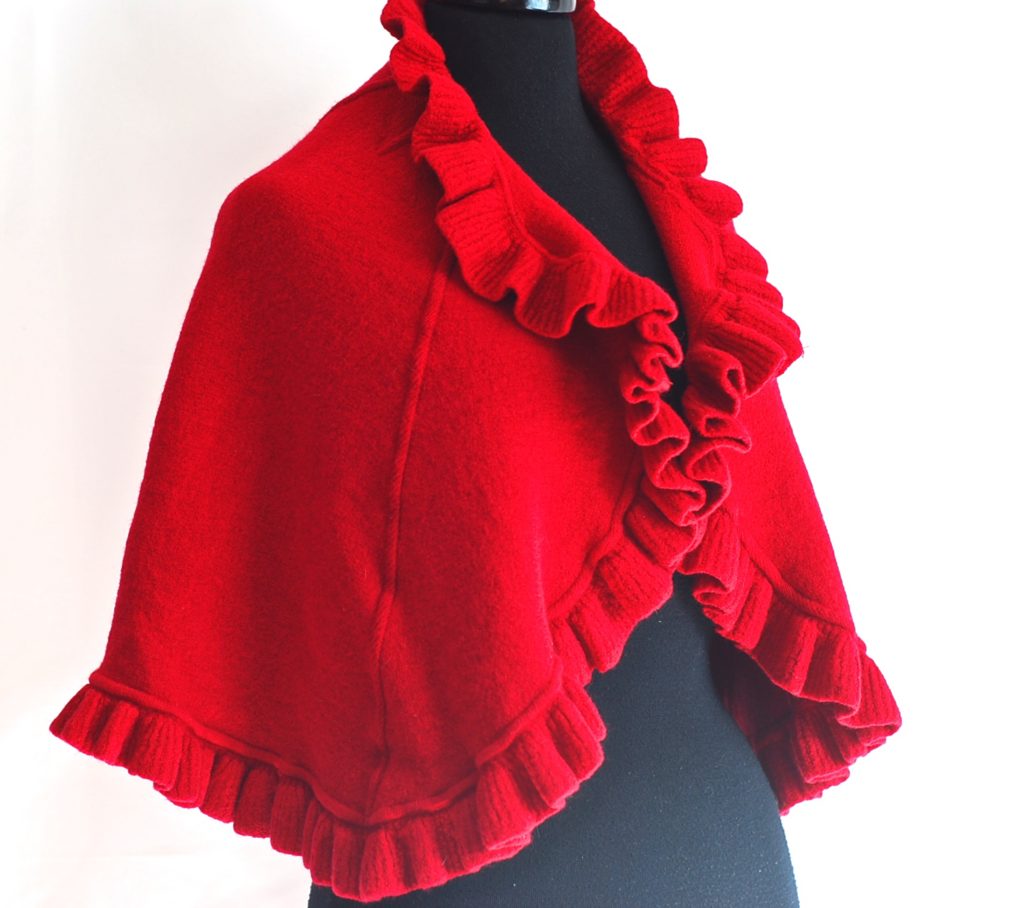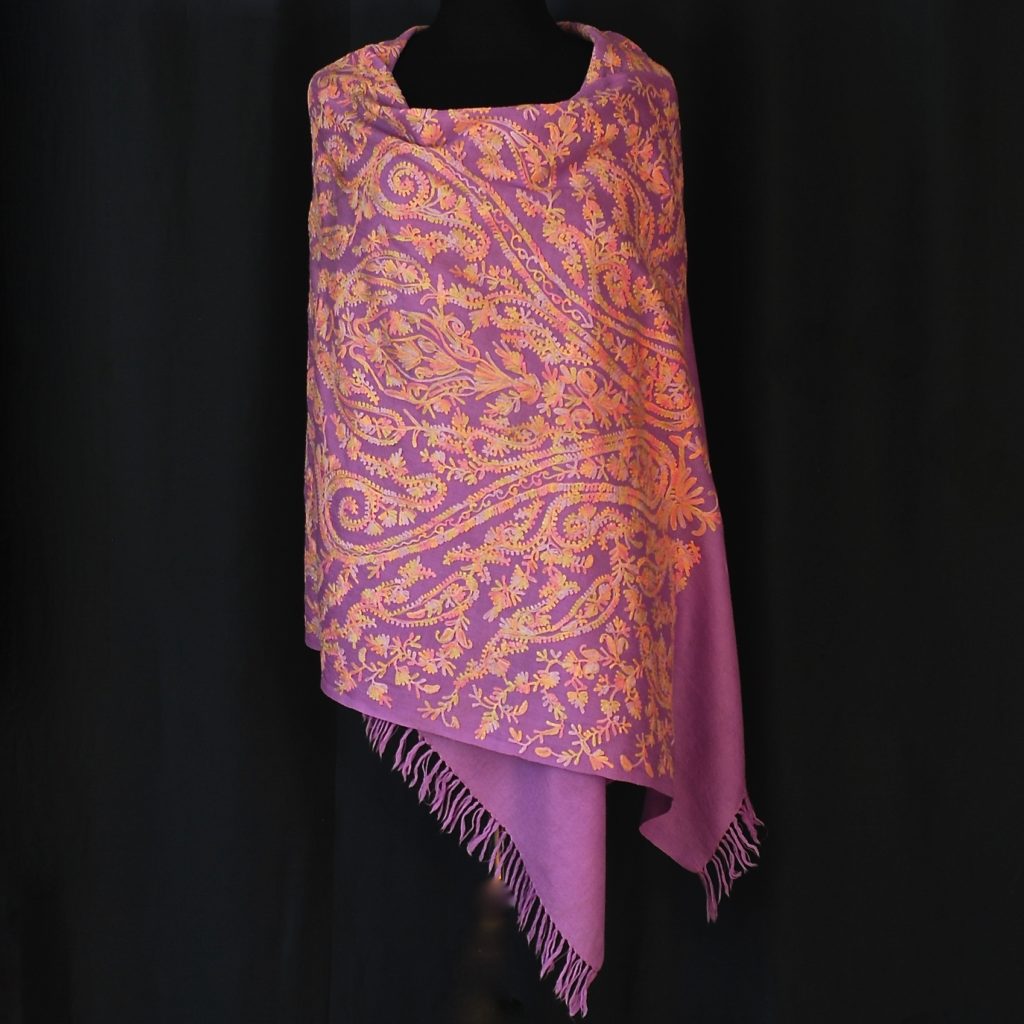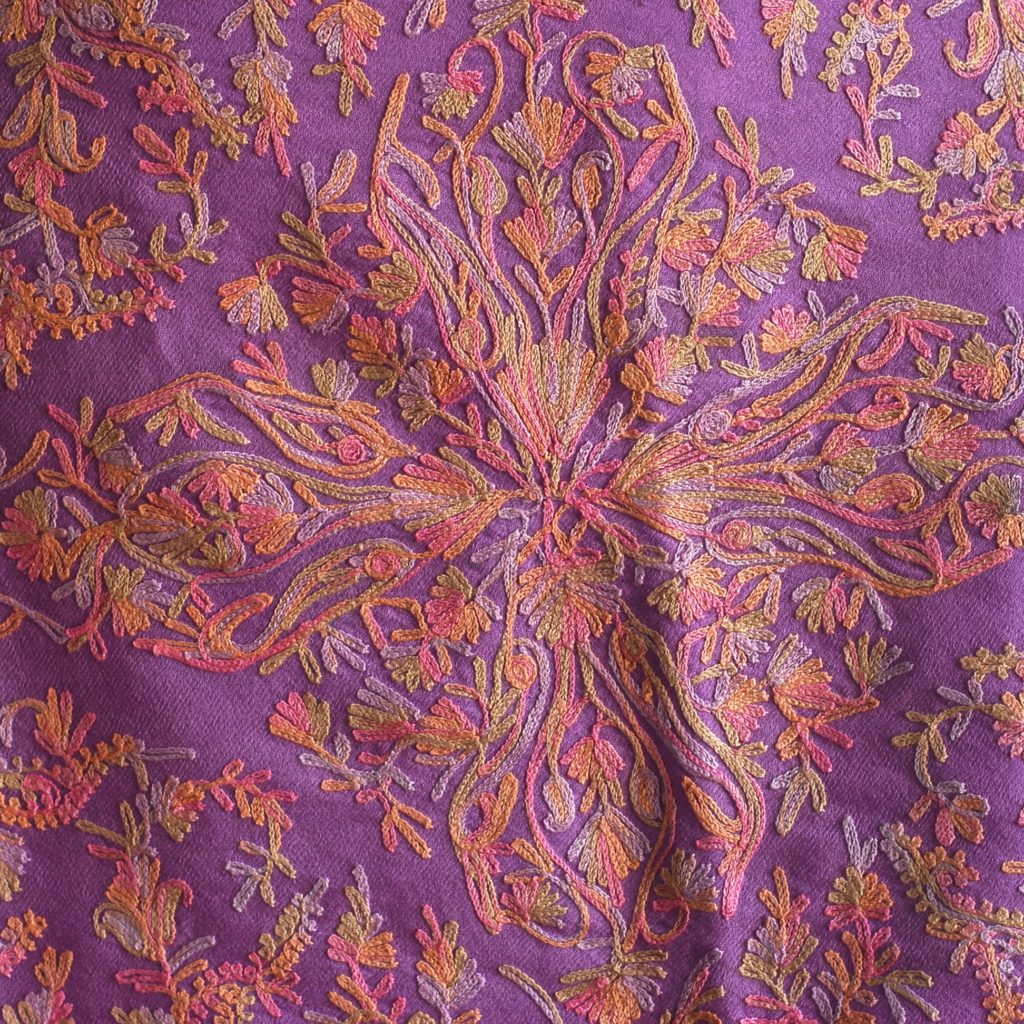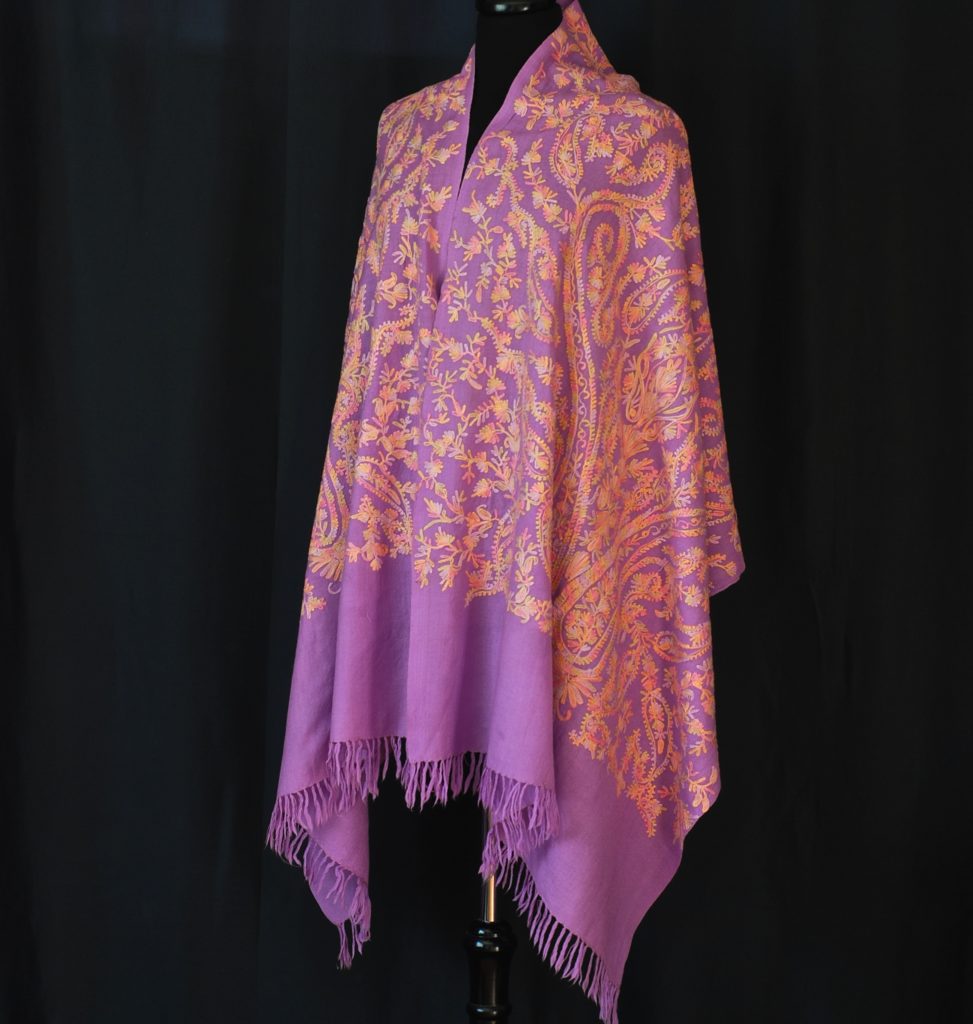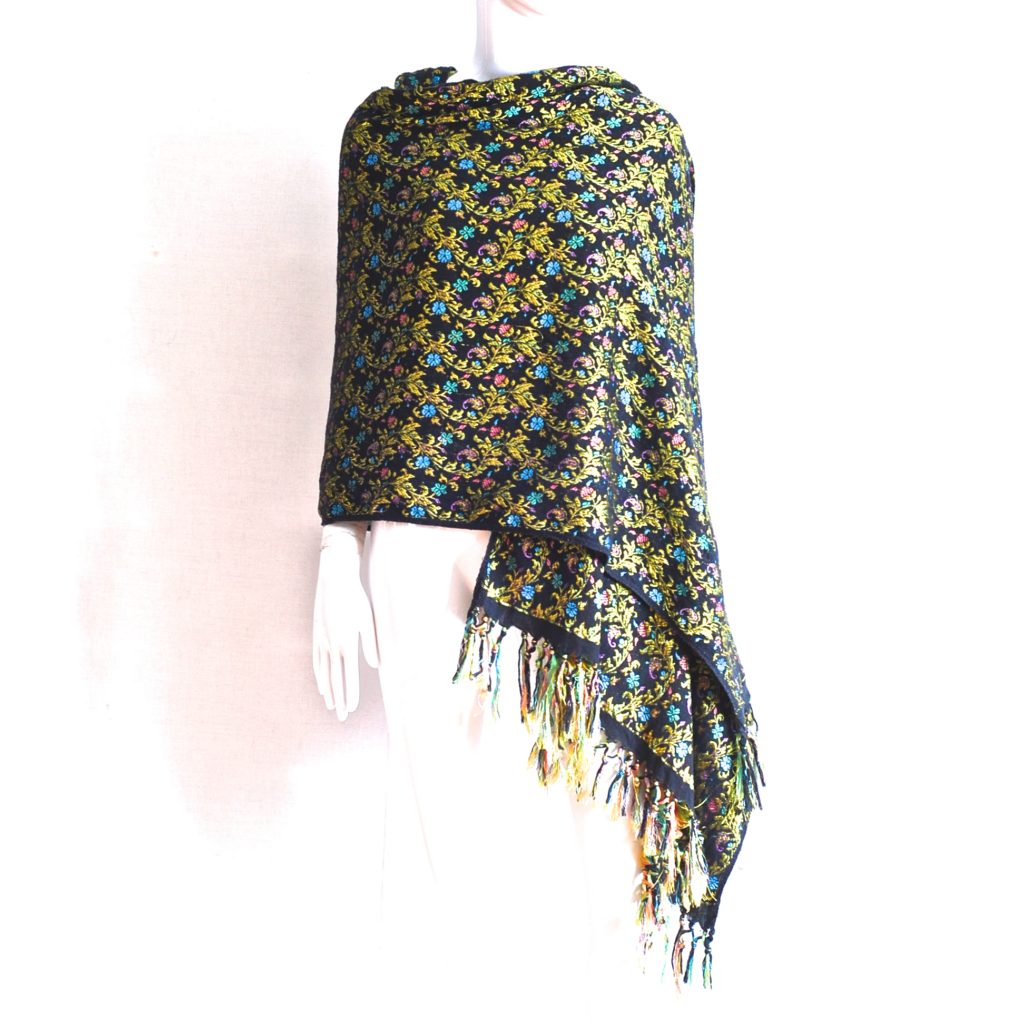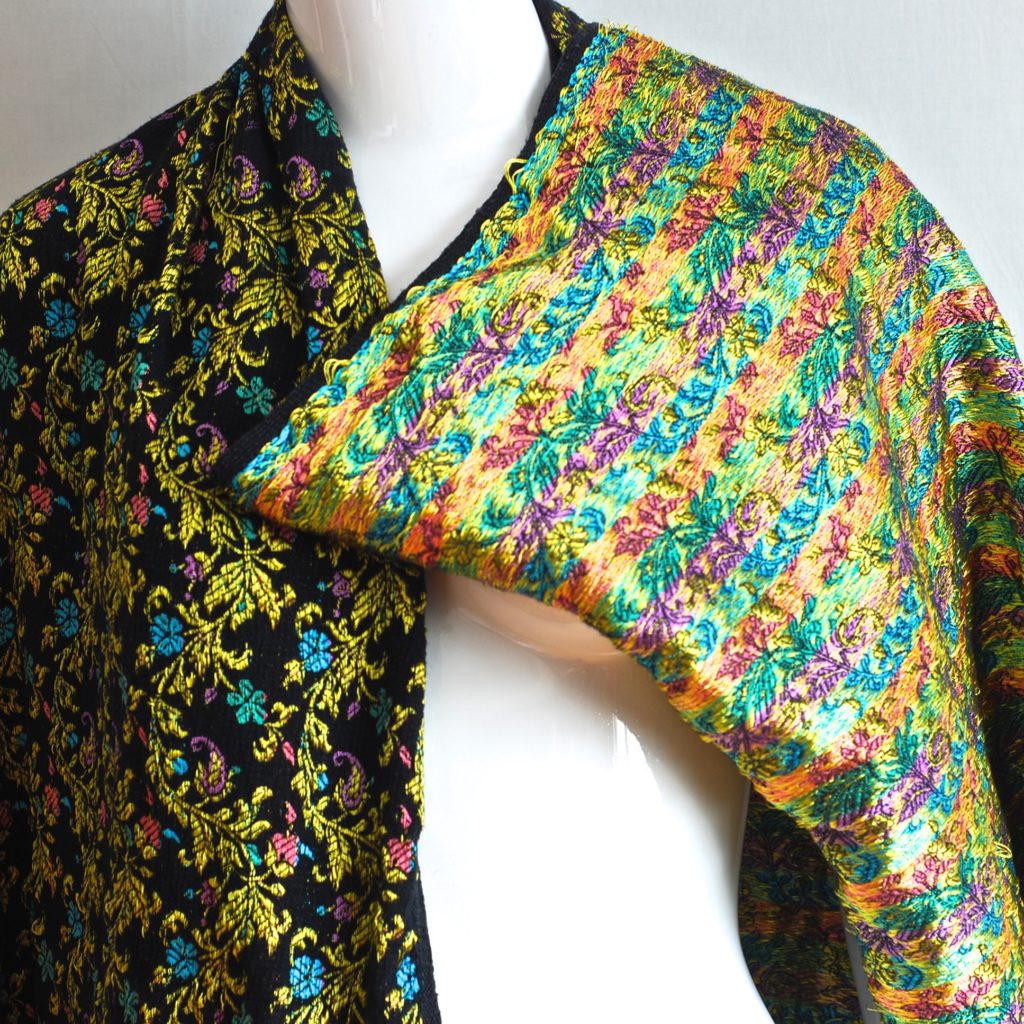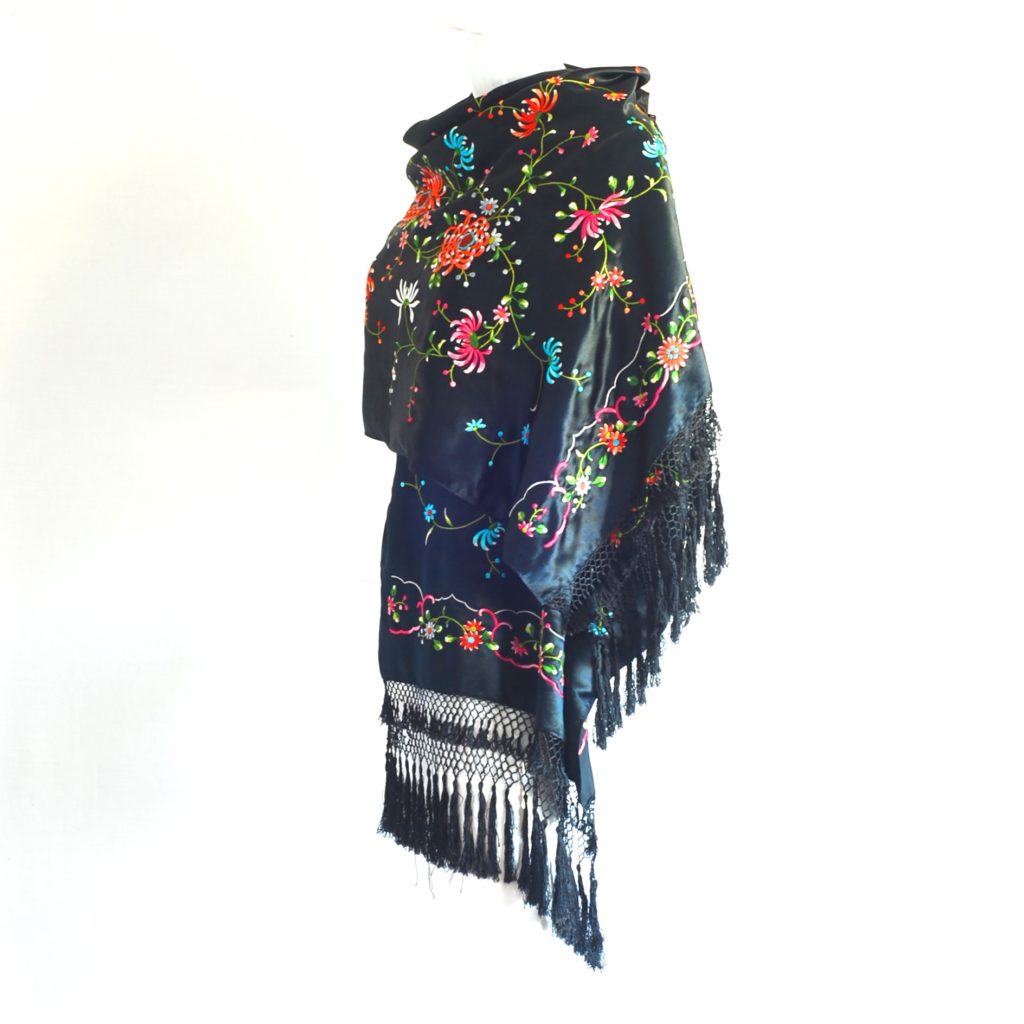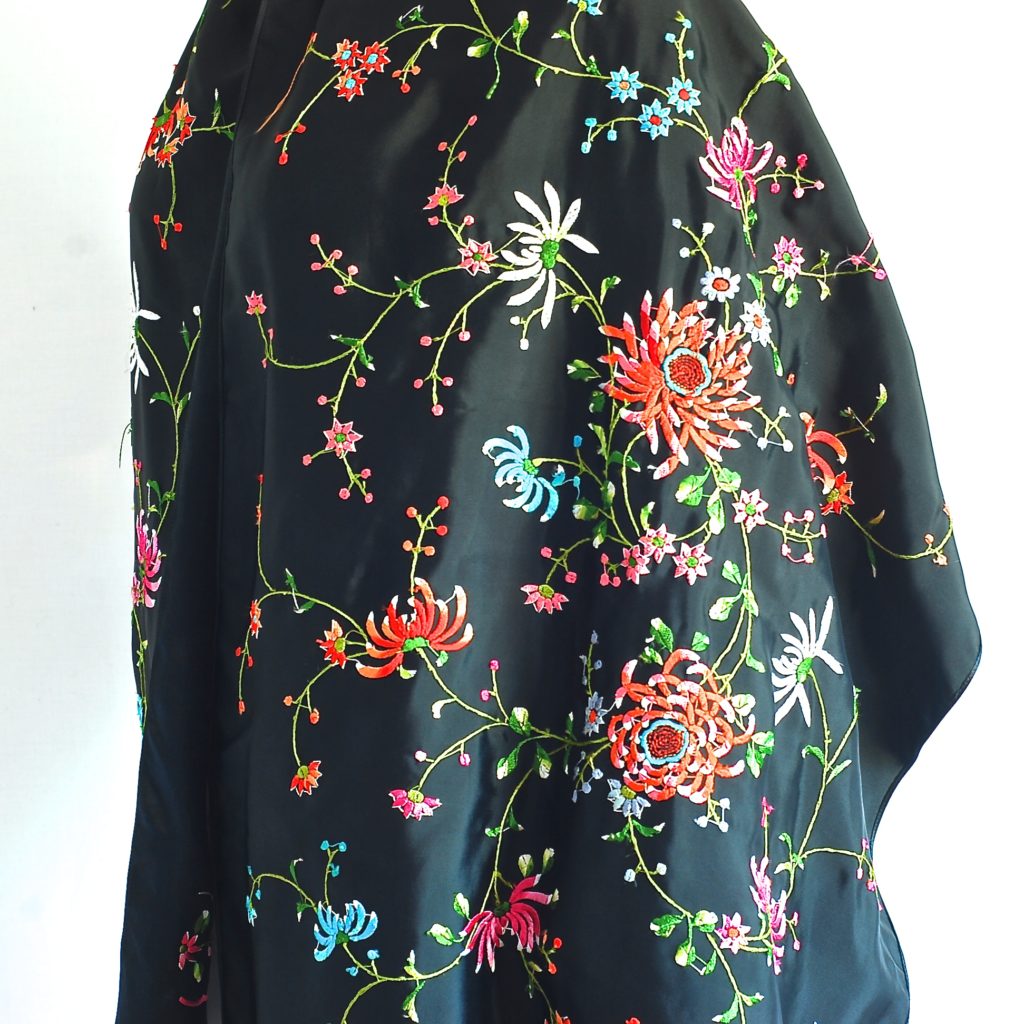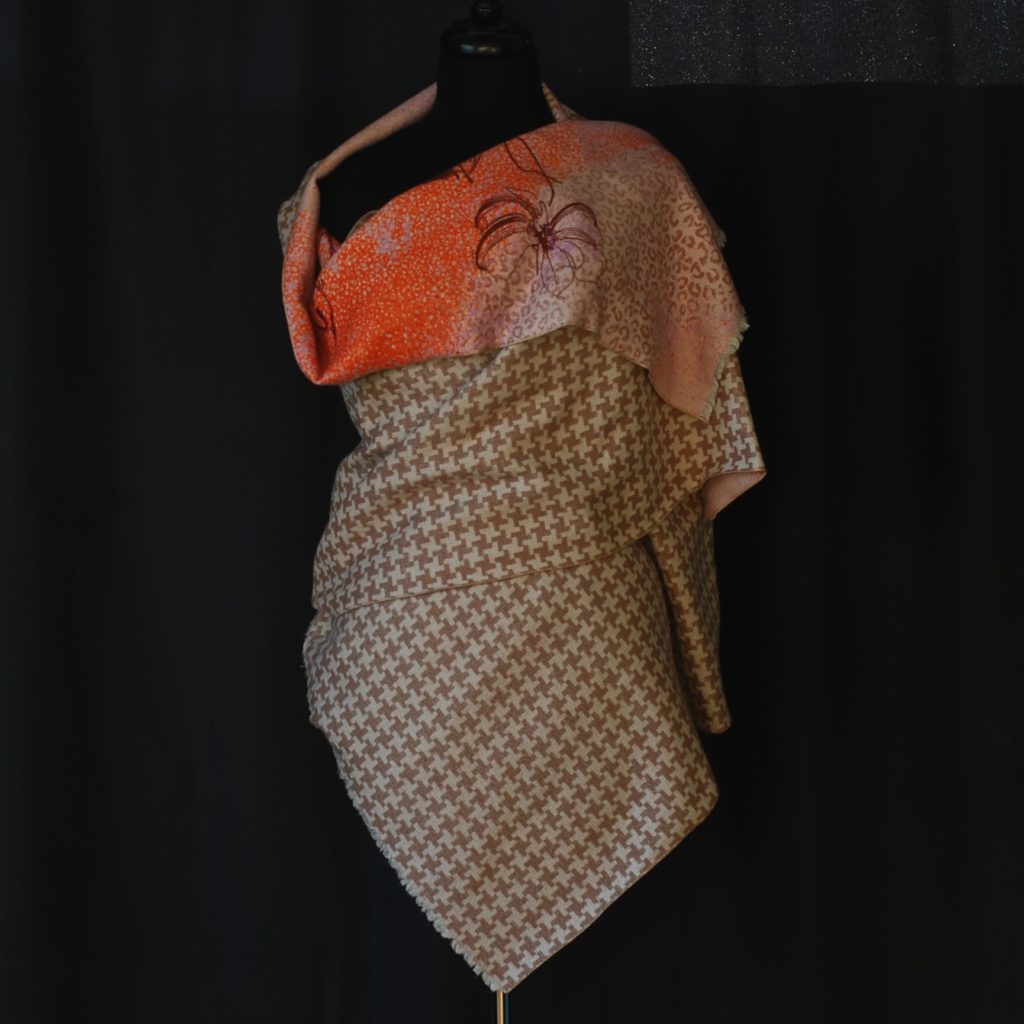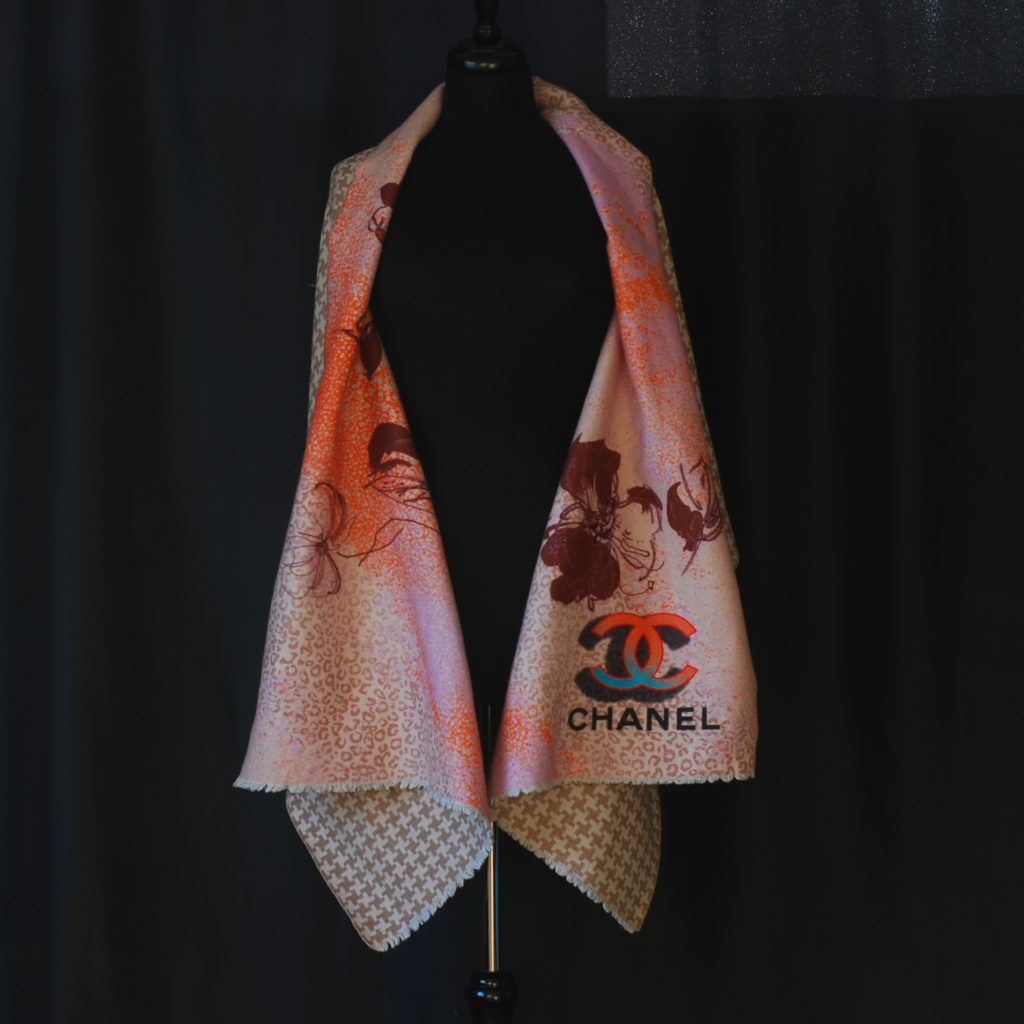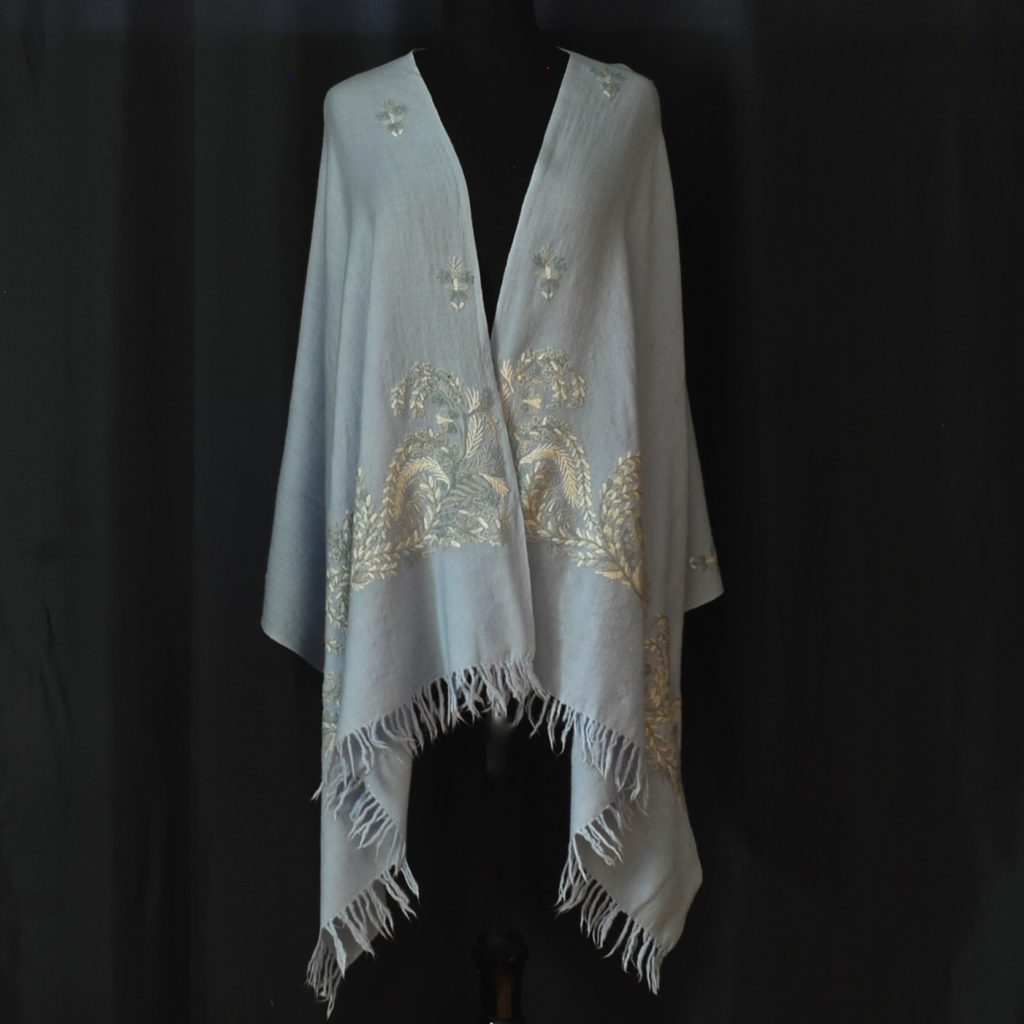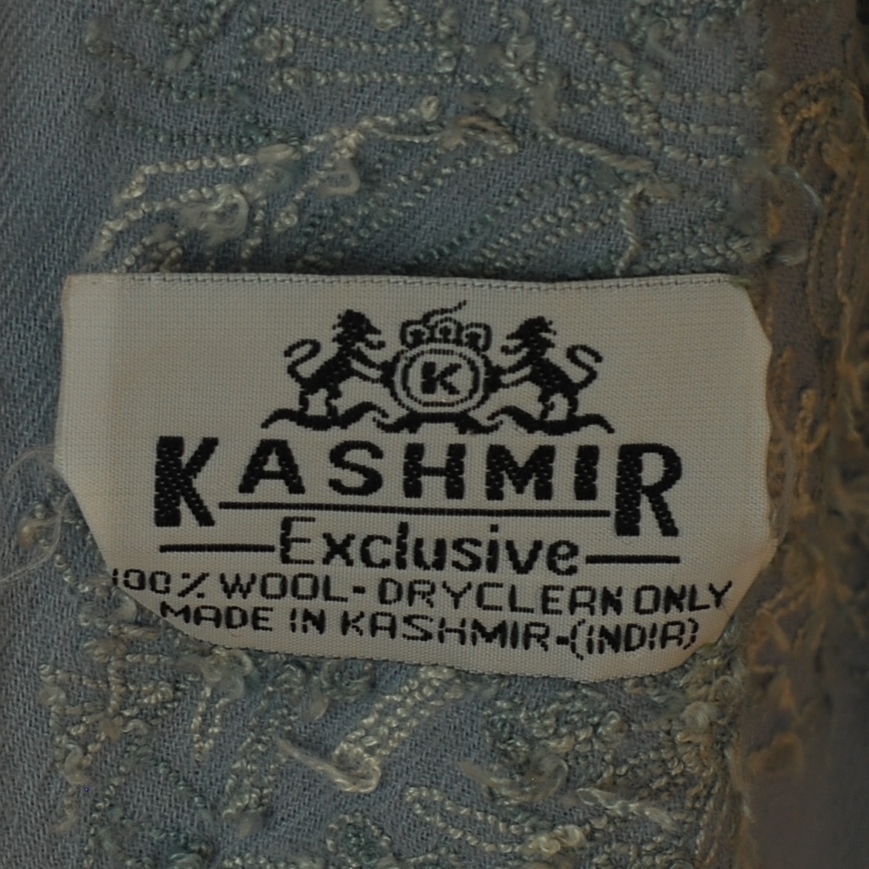The Cool Warmth & Beauty Of Shawls & Wraps
Highly decorative shawls and wraps date back to India and Persia in the third century. The earliest known manufacturing began with the looms of the fourteenth and fifteenth centuries. The original Kashmir shawls are made of goat hair, and were often elaborately woven and decorated. By the eighteen hundreds these shawls became increasingly popular in Europe as well. They were a subject of much fascination, and became coveted outerwear for the most fashion conscious, as well as creative individuals attracted to wearable art. They were especially popular to be seen wearing at the live performance theatres and operas.
To keep up with the rising demand for beautifully designed shawls, France and Great Britain developed a mechanized shawl industry, in order to imitate the famous Kashmir shawls. Known as Paisley workshops, they were able to create a price competition for the shawls, which forced the original Kashmir production to cut costs and compromise on quality.
The shawl industry peaked in the eighteen hundreds and early nineteen hundreds before there was dip in the demand. The loss of interest at the time can ironically be attributed to the mass production. Regardless, from the twenties onward, shawls have continued to be worn by discerning and creative individuals. The sixties in particular, brought about a revival in decorative shawls, from Kashmir goat wool, to fringed piano shawls, and all kinds of capes and ponchos.
Just as it was hundreds of years ago, shawls can be worn over a plain wool jacket or sweater, or to offset a certain type of skirt. They can be draped over dresses and evening wear. A casual chic look with a hippie flair shows them worn with jeans, boots, and tank tops. They have been popular in warmer climates with cooler evenings, to drape over the shoulders as the temperature falls. They can be an elaborate addition to the little black dress instead of wearing a coat.
Below are some samples of different types of shawls and wraps. The Persian method of draping is shown in some of the pics below. To wear it this way you put one third of the shawl to one shoulder, and then drape the rest so the fringe or edge falls to one side.
